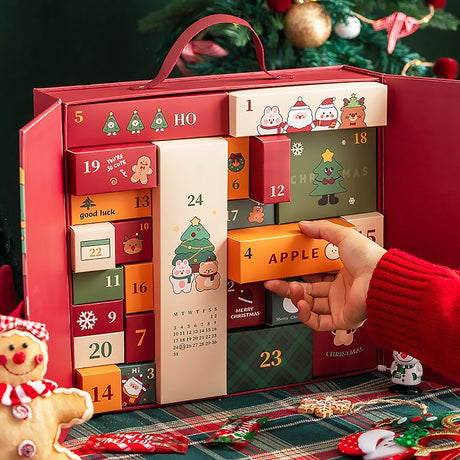The “3-gift rule” is a simple holiday tradition that many families in the U.S. have adopted to keep Christmas gift-giving meaningful, stress-free, and balanced. The idea is to give each child—or even each family member—just three gifts instead of an overwhelming pile. These three presents usually fall into three categories: something they want, something they need, and something to read.
The first gift, “something they want,” is usually the big-ticket item or the special surprise that the person has been wishing for all year. For kids, that might be a new toy, a video game, or even a trendy tech gadget. For adults, it could be jewelry, a cozy scarf, or a new gadget they’ve had their eye on. This gift brings excitement and joy because it shows you were listening to their wishes.
The second gift, “something they need,” focuses on practicality. Parents often choose clothing, school supplies, or everyday essentials that are both useful and thoughtful. For adults, this might mean a kitchen appliance, a warm blanket, or a quality bag. It’s a way to remind kids that gifts don’t always have to be flashy—they can also be things that make life easier or more comfortable.
The third gift, “something to read,” encourages learning, creativity, and quiet time. It can be a new book, a journal, a magazine subscription, or even a DIY activity guide. For kids, this helps build a love of reading; for adults, it might be a relaxing novel or an inspiring coffee table book.
Families love the 3-gift rule because it helps reduce overspending and keeps the focus on gratitude rather than excess. Instead of mountains of toys or items that quickly get forgotten, the three gifts are chosen with intention. It also helps kids appreciate what they receive instead of expecting endless presents. Some families even adjust the rule to include faith-based gifts, experiences, or family activities, making the tradition more personal.
In the end, the 3-gift rule is less about limiting Christmas and more about bringing meaning back to it. By focusing on quality over quantity, families can enjoy a less stressful holiday season, spend more time together, and teach kids the true value of thoughtfulness and appreciation.












